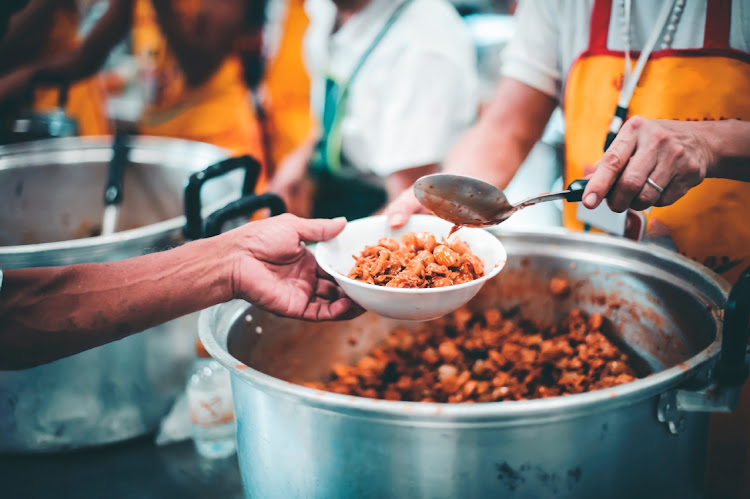On October 14, the Business Day newspaper published a story where Shoprite, one of South Africa’s retailers, reminded us of the worsening level of poverty in the country. The organisation attributed the deteriorating poverty, in part, to the:
“deep challenges in food affordability and access, with consumers under severe pressure in the face of subdued economic growth and high unemployment.”
This picture is not very different from what Statistics South Africa also highlighted earlier this year. In February 2025, Statistics South Africa released the Food Security Report for 2019, 2022, and 2023 (COVID-19 affected the ability to collect data in 2020 and 2021). The report utilised data from the General Household Survey (GHS) for those years.
The report’s most striking observation was that:
“The proportion of households in South Africa that experienced moderate to severe food insecurity was estimated at 15.8% in 2019, 16.2% in 2022, and 19.7% in 2023. Over this period, the proportion of households that experienced severe food insecurity was estimated to be 6.4%, 7.5%, and 8.0%, respectively.”
I want to stress, however, that it appears the deteriorating food security is not due to a lack of nutritious, high-quality food and safe food products or high prices per se. Access seems to be the fundamental challenge, especially for households with no regular income sources.
Therefore, addressing income poverty at the household level must be the centre of any strategy to address food insecurity.
Clearly, while agriculture, the sector I work in, can play a role, this challenge requires coordinated efforts to grow the South African economy, lift employment across various sectors, and provide appropriate support to vulnerable households.
Despite the concerning trend in Stats SA’s survey, South Africa remains food secure and is a net exporter of agricultural products at the national level. Exports are necessary for sustaining farming incomes, generating the resources needed for investment, and ultimately, the sector’s ability to create and maintain jobs.
Notably, South Africa does not export its food supplies without appropriately considering the domestic food needs at the national level. Moreover, the country’s food prices remain relatively moderate. Despite this, food insecurity will remain a challenge if households have little to no income.
Agriculture will play its role where possible, and the path for agricultural growth has been studied and incorporated into policy thinking. For example, at a technical level, expanding agriculture and agro-processing capacity to boost growth and job creation was well established as far back as the National Development Plan 2012.
They were again highlighted in the 2019 National Treasury paper, in the 2022 Agriculture and Agro-processing Master Plan, and, most recently, in my book titled A Country of Two Agricultures: The Disparities, The Challenges, The Solutions.
Ultimately, South Africa’s agriculture plays a role in resolving household poverty challenges. However, the responsibility does not lie solely in the sector.
Other sectors of the economy can play an essential role in creating jobs and fiscal space, which can be used for various social causes to improve the quality of life in South Africa.
If you enjoyed this post, please consider subscribing to my newsletter here for free. You can also follow me on X (@WandileSihlobo)


